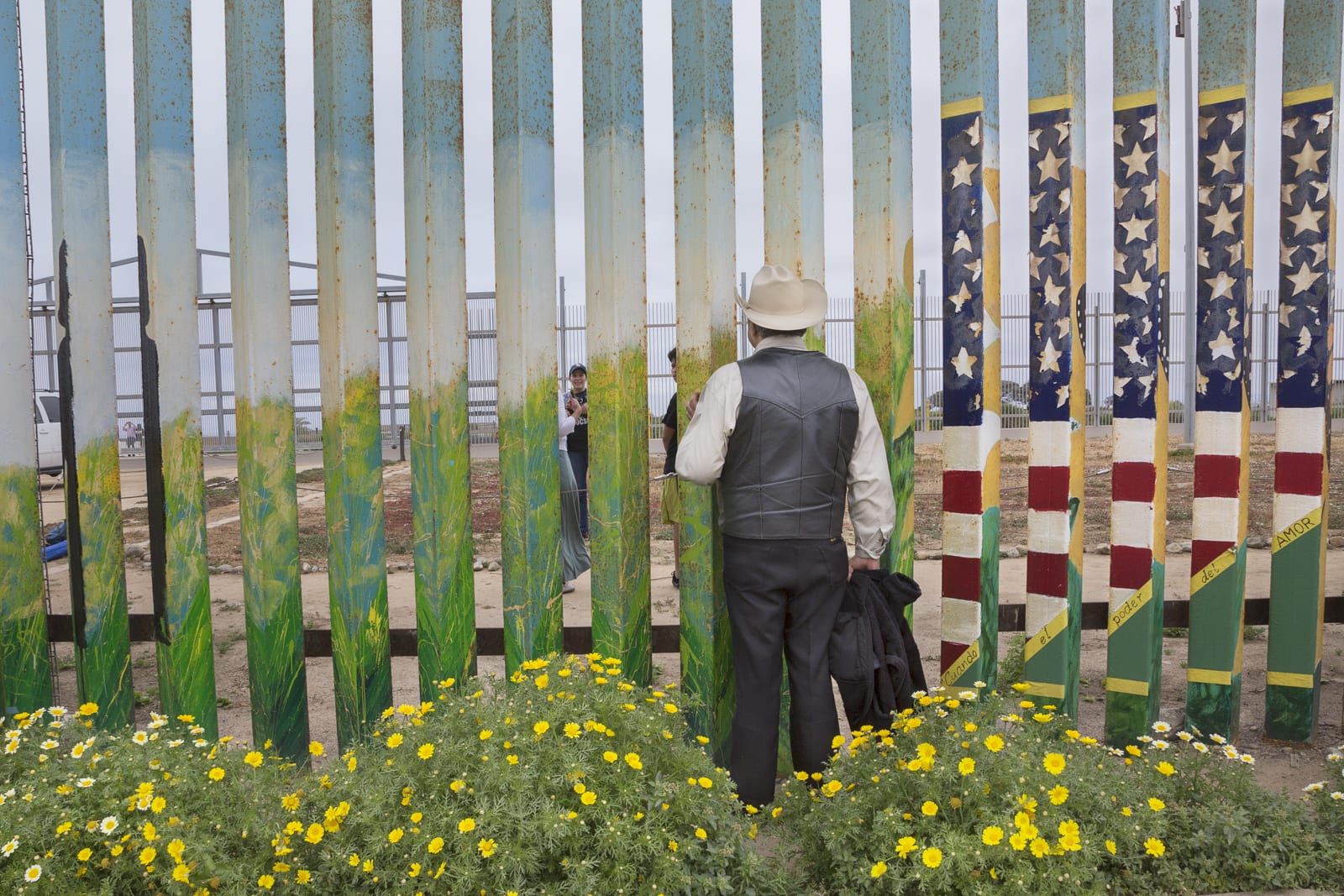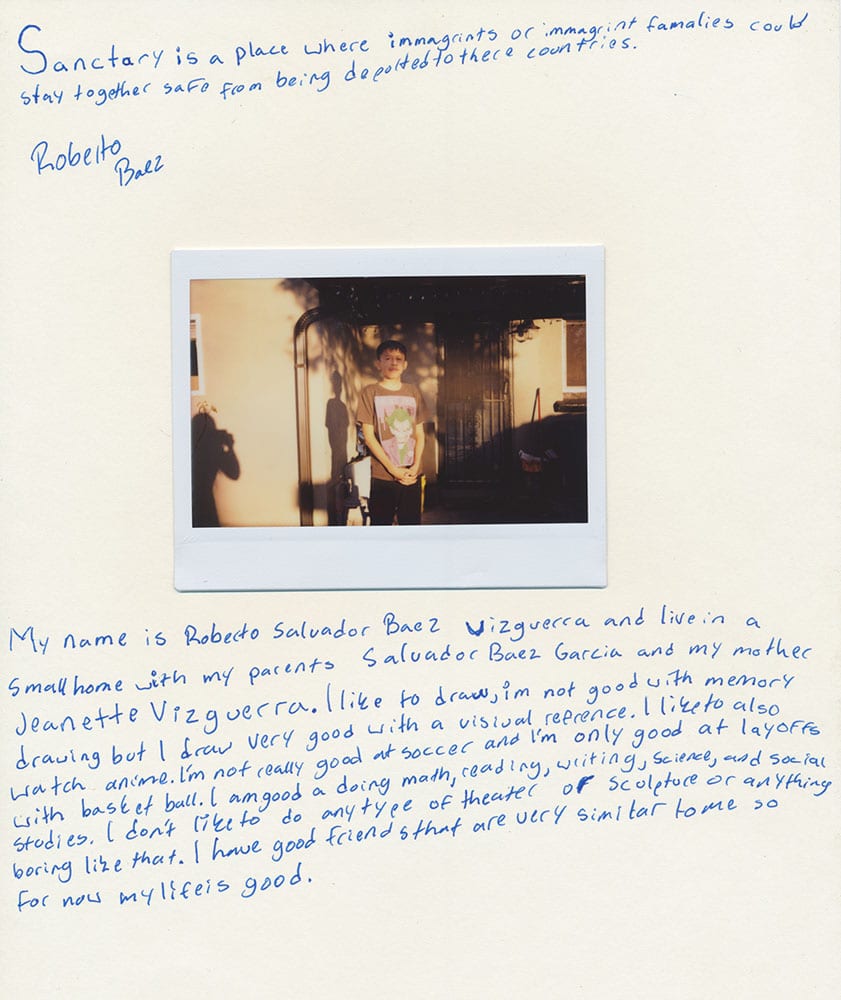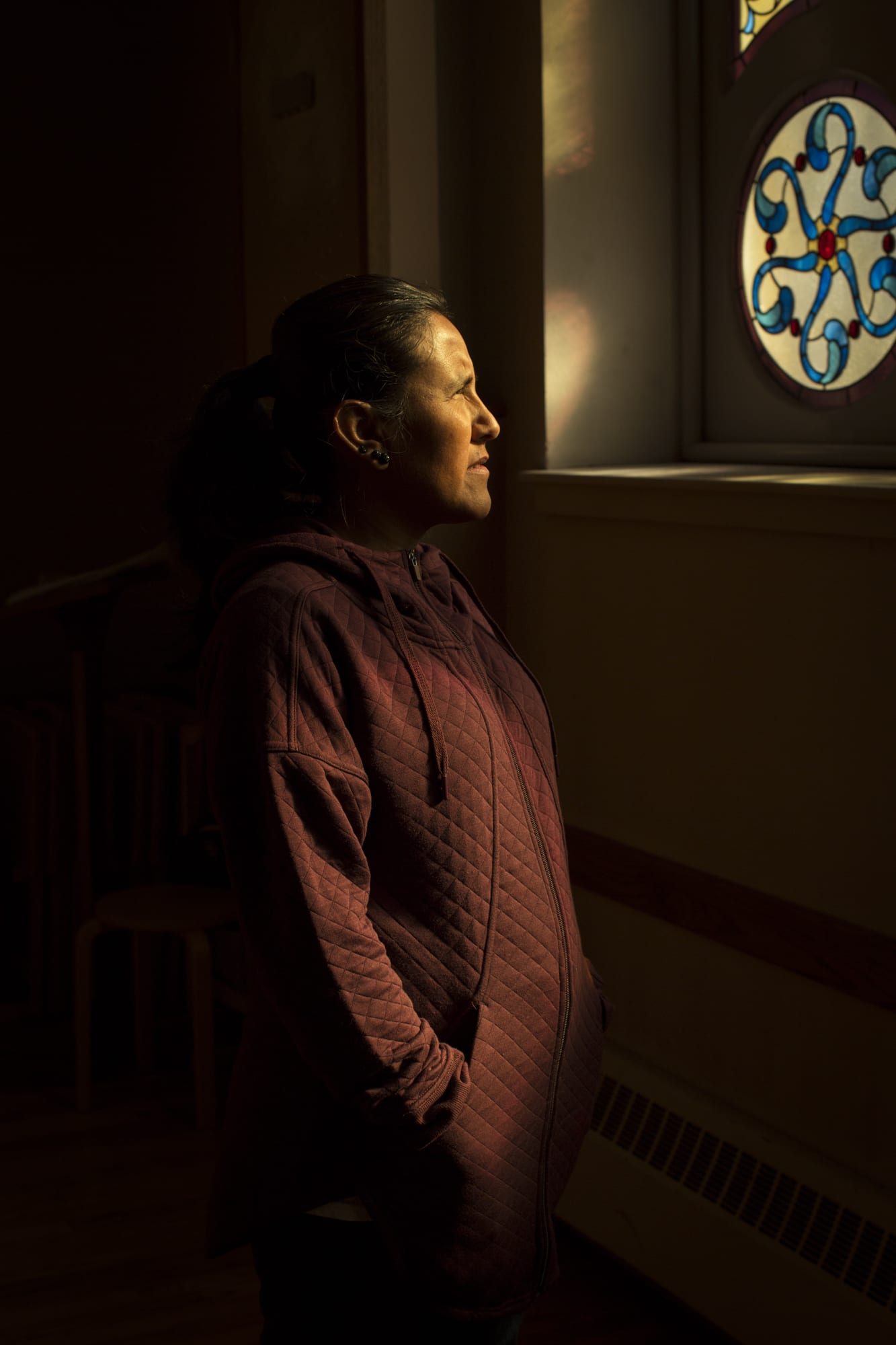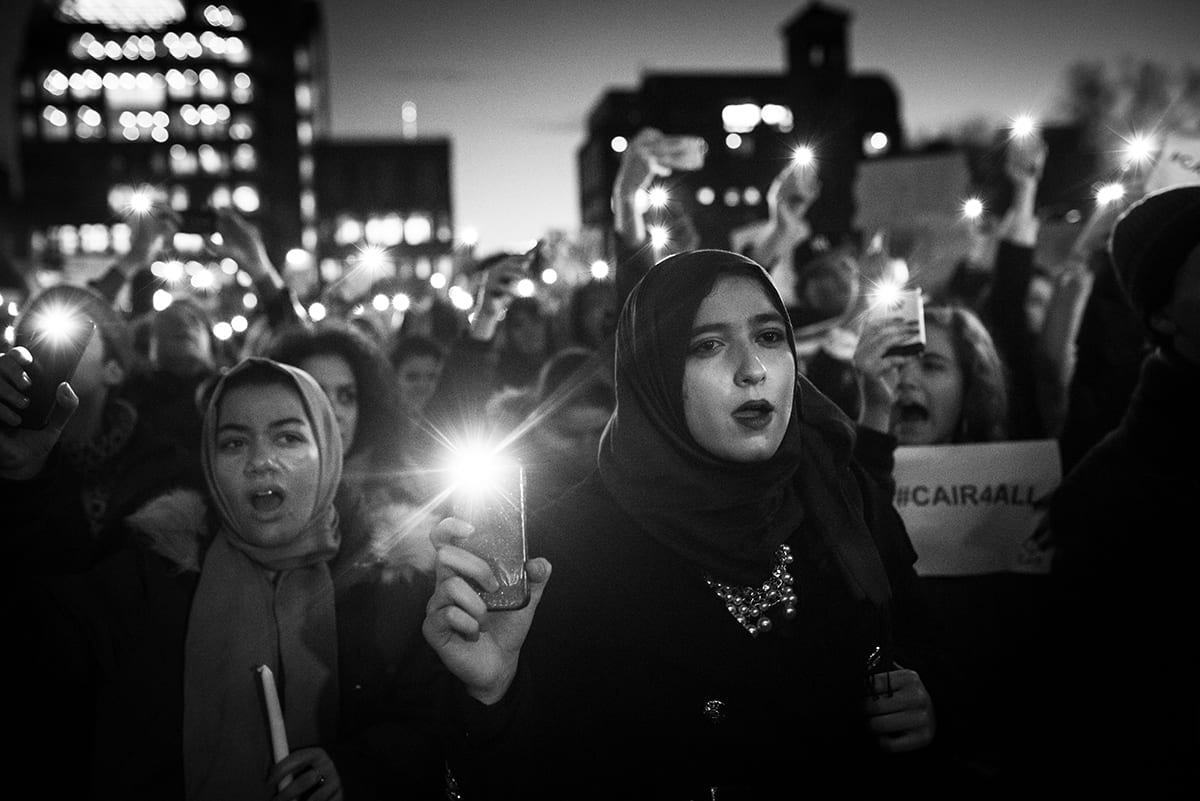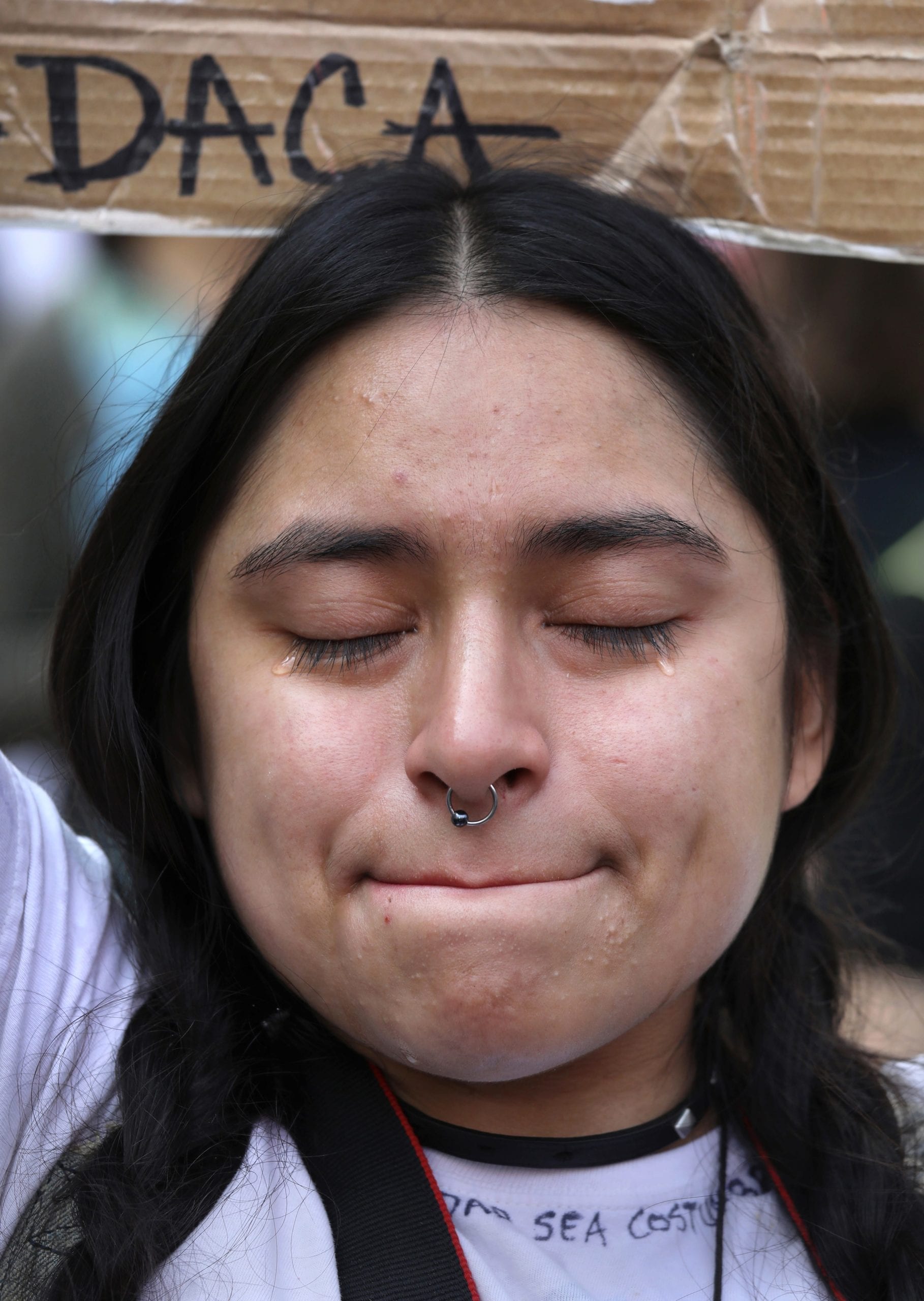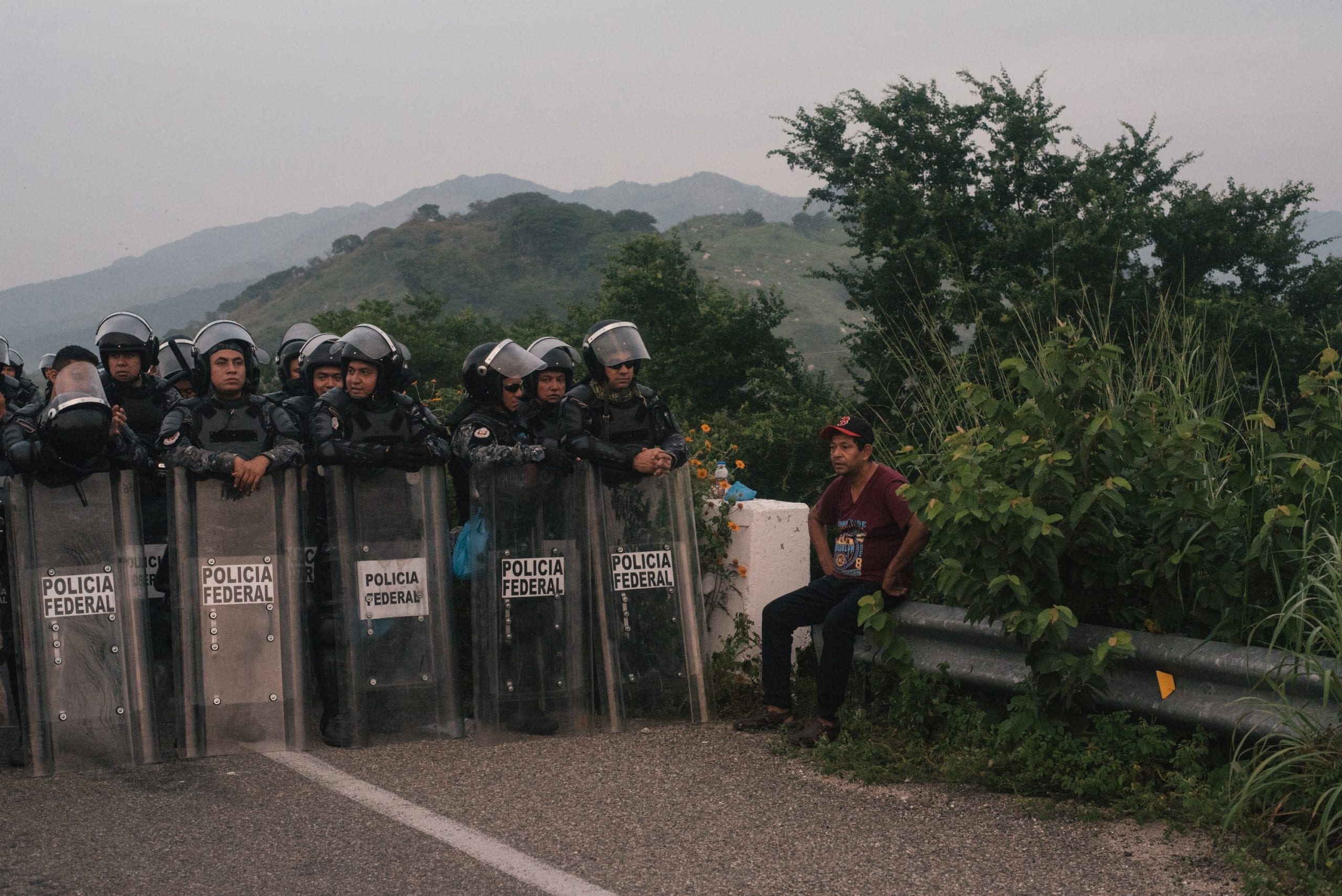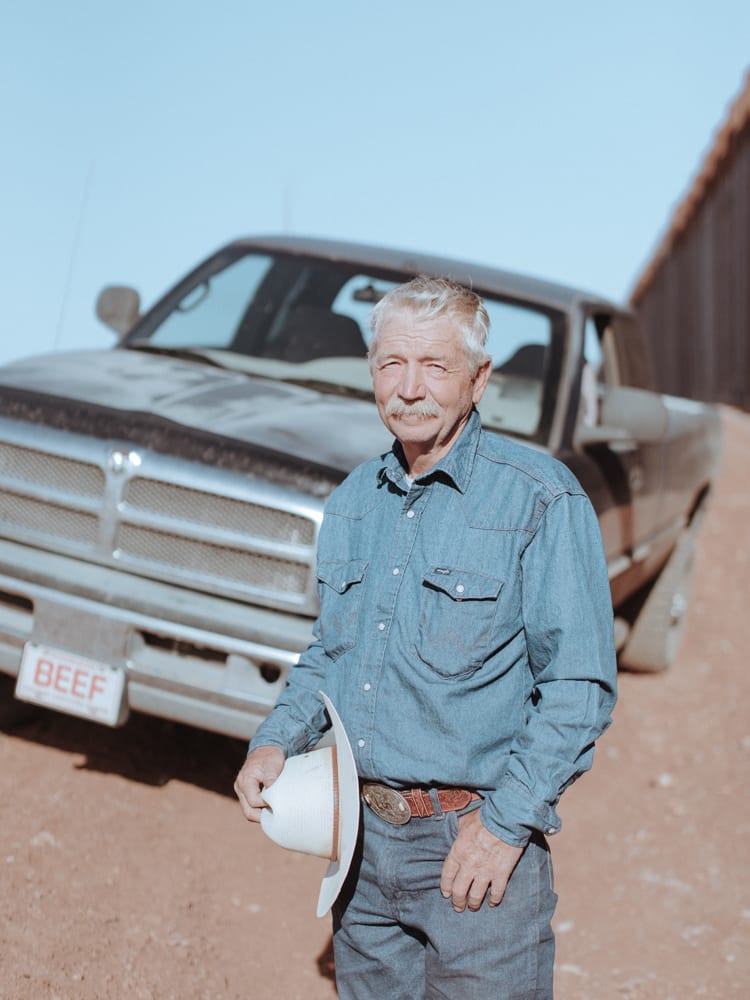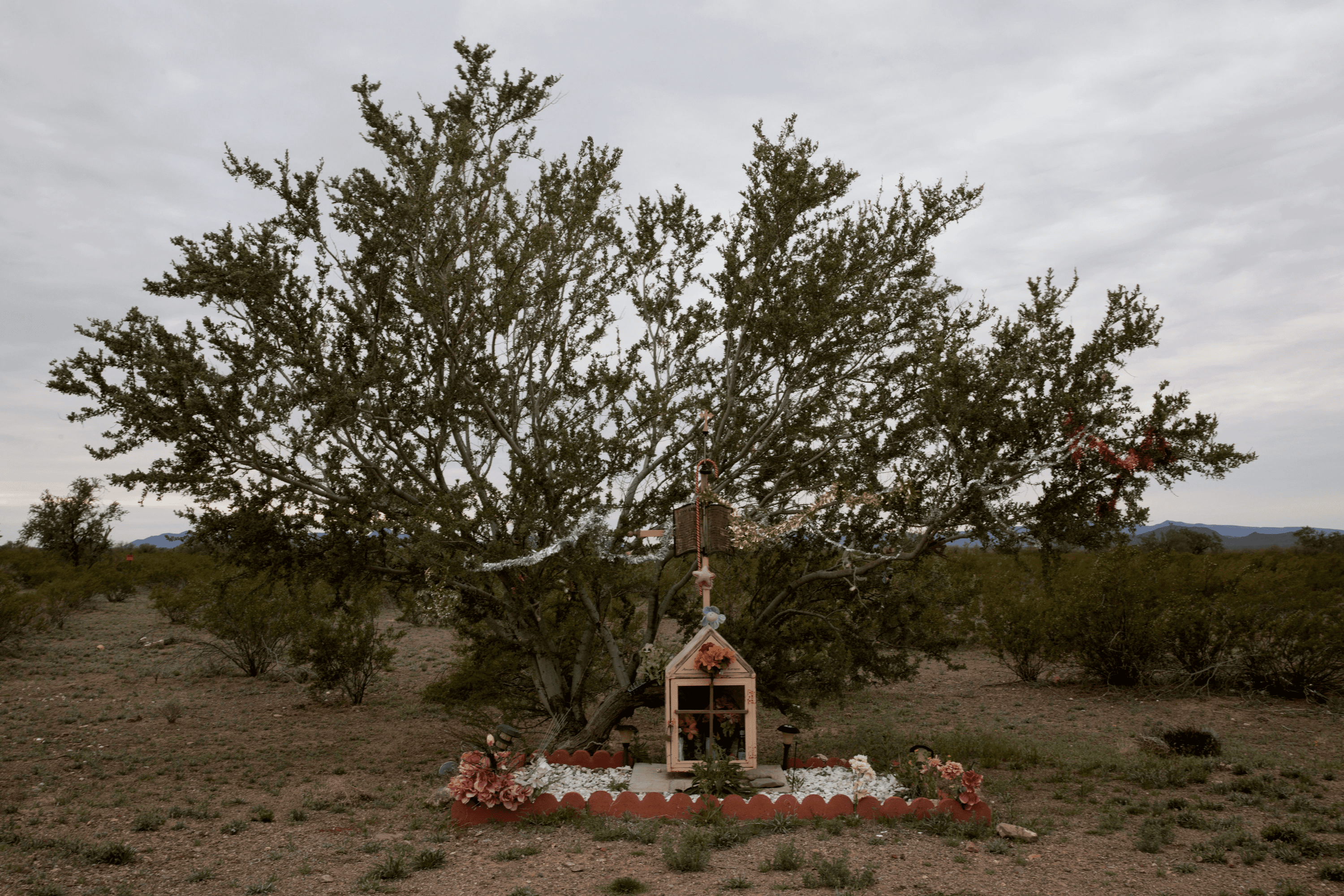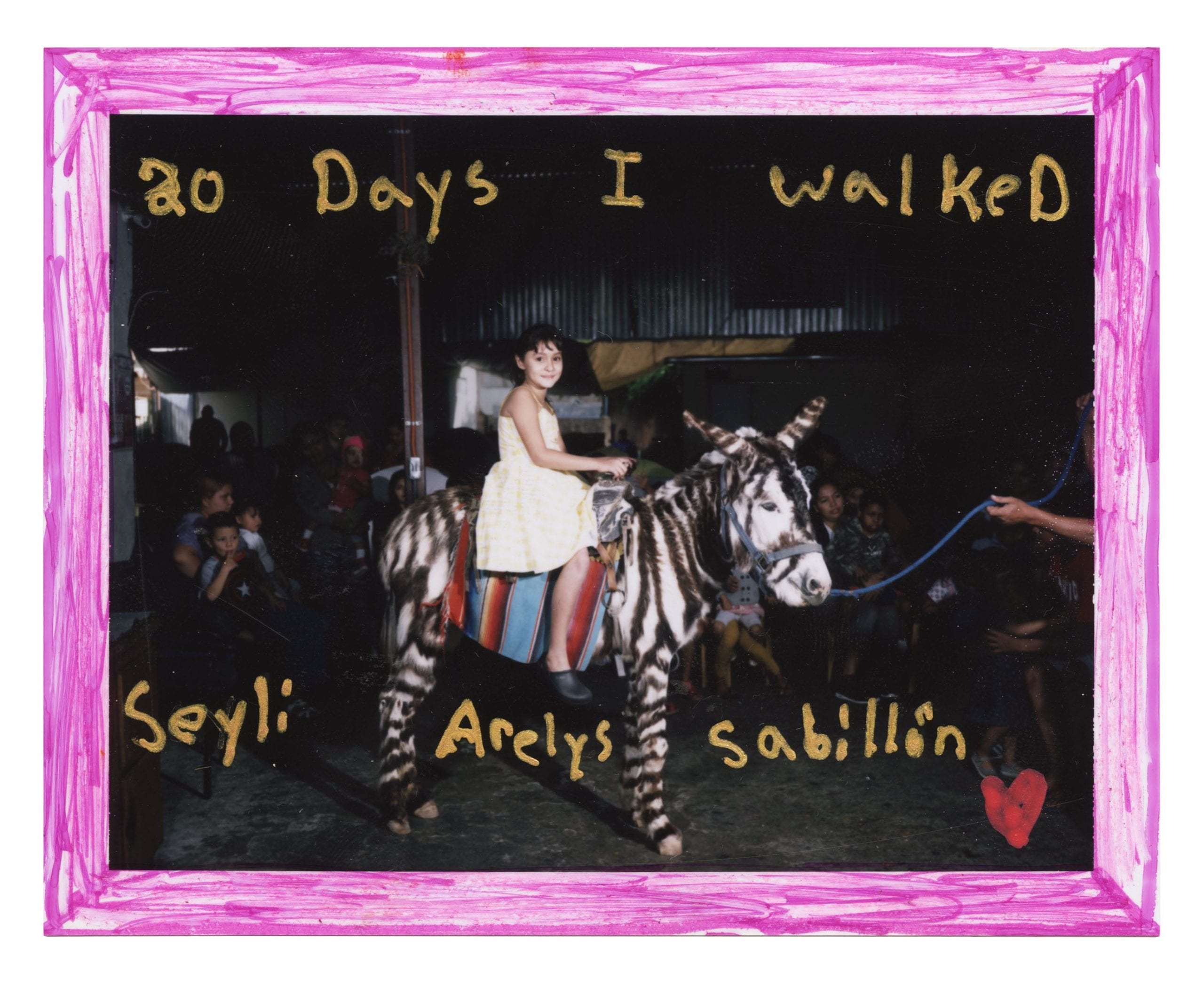Trump Revolution: Immigration
Portrait of Roberto Baez outside his home in Denver Colorado. Roberto is the third son of activist Jeanette Vizguerra, since 2016 he has fought with his family to stop his mother's deportation order. Roberto regularly attends meetings, marches and protests against family separation. January, 2019, Denver, Colorado, USA. © Cinthya Santos-Briones.
Source:
